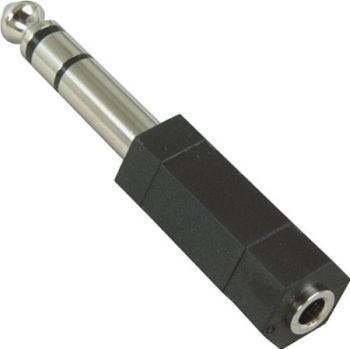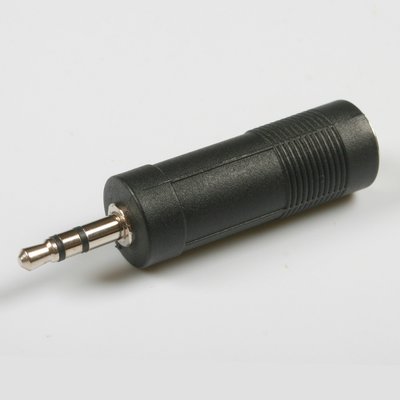First post, by jesolo
- Rank
- l33t
I recently go hold of a Sound Blaster 2.0. The model number is CT1350B (although, on the back sticker it's printed as CT1350A) and it has the CT1336A chipset.
I'm looking for some information and guidance:
- What's is the purpose of jumpers JP3, JP10 (close to the Mic In jack), JP12 & JP13? I can't seem to find anything about these after a quick search on the internet.
- I've successfuly installed the sound card drivers, but when I play back any sound (both voice or FM), I only get sound output on the right channel (speaker). I realise this is a mono sound card, but shouldn't it then just output the sound to both speakers (channels) as a mono stream?
I'm testing this in a 386SX-25 with 4MB RAM.

